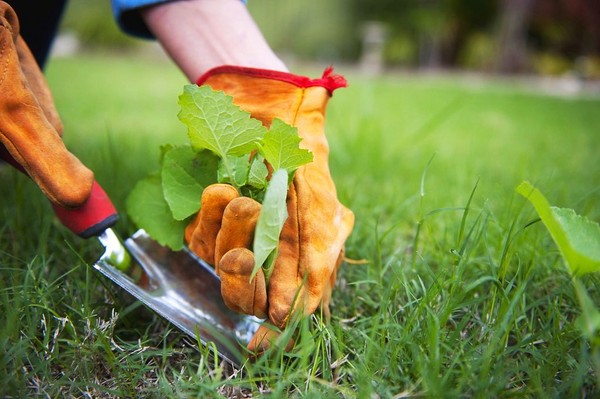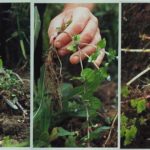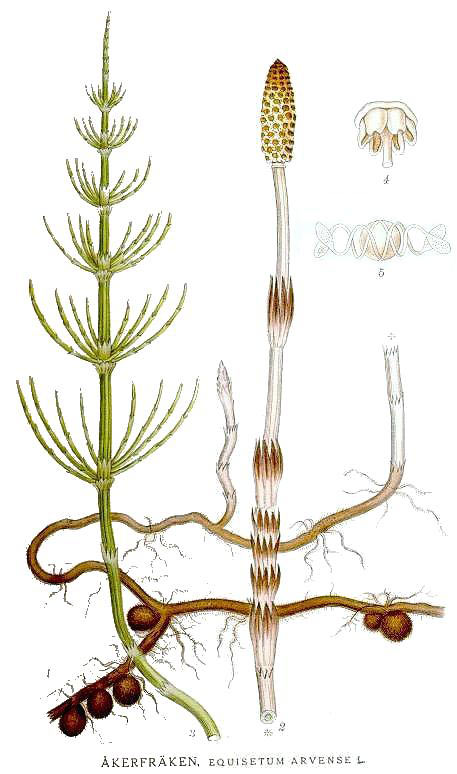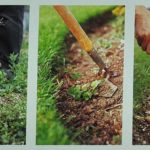 Rutynowe odchwaszczanie.
Rutynowe odchwaszczanie.
Odchwaszczanie jest zabiegiem na stałe wpisanym w harmonogram prac ogrodowych. Najprostszym i najbardziej oczywistym sposobem usuwania chwastów jest rozluźnienie gleby i wyciągnięcie ich wraz z korzeniami. Przydatne będą do tego motyka oraz widełki o różnym kształcie zębów, służące do usuwania chwastów ze szczelin.
Przekopywanie
Jeżeli na porośniętym chwastami fragmencie ogrodu nie uprawiamy jeszcze roślin, odchwaszczanie gleby możemy połączyć z jej przekopaniem. W trakcie odwracania gleby giną młode chwasty jednoroczne -ulegają w ziemi rozkładowi, zasilając glebę. Przekopywanie daje nam możliwość oczyszczenia gleby także z korzeni chwastów wieloletnich. Odrastające chwasty łatwo później kontrolować. Więcej informacji na temat przekopywania gleby znajdziemy na stronach 139-142.
Szczeliny
Chwasty porastają nawet najbardziej niegościnne miejsca, wliczając w to szczeliny między płytami ścieżki, zwłaszcza gdy płyty położone są bezpośrednio na ziemi lub na podsypce z piasku, a nie na warstwie betonu. Istnieje wiele ręcznych narzędzi o zróżnicowanych ostrzach i zębach, zaprojektowanych specjalnie do usuwania chwastów ze szczelin. Skuteczne efekty przynosi albo wypełnienie spoin między płytami takimi roślinami, jak macierzanka piaskowa (Thymus serpyllum) czy mięta korsykańska (Mentha requienii), albo zacementowanie ich.
Trawniki
Ręczne usuwanie chwastów sprawdza się jedynie na małych trawnikach. Jest jednak zaskakująco skuteczne, zwłaszcza na nowo założonych, jeśli zabieg wykonujemy regularnie. Kępki chwastów ostrożnie podważamy małymi widełkami ogrodowymi. Co do chwastów o palowym systemie korzeniowym, każdy ogrodnik ma swój własny sposób na ich usuwanie. Jedni stosują specjalne narzędzia, inni rozprawiają się z nimi długim śrubokrętem. Dziury zasypujemy ziemią ogrodową zmieszaną z piaskiem w stosunku 3:1. Trawy szybko zarosną to miejsce.








